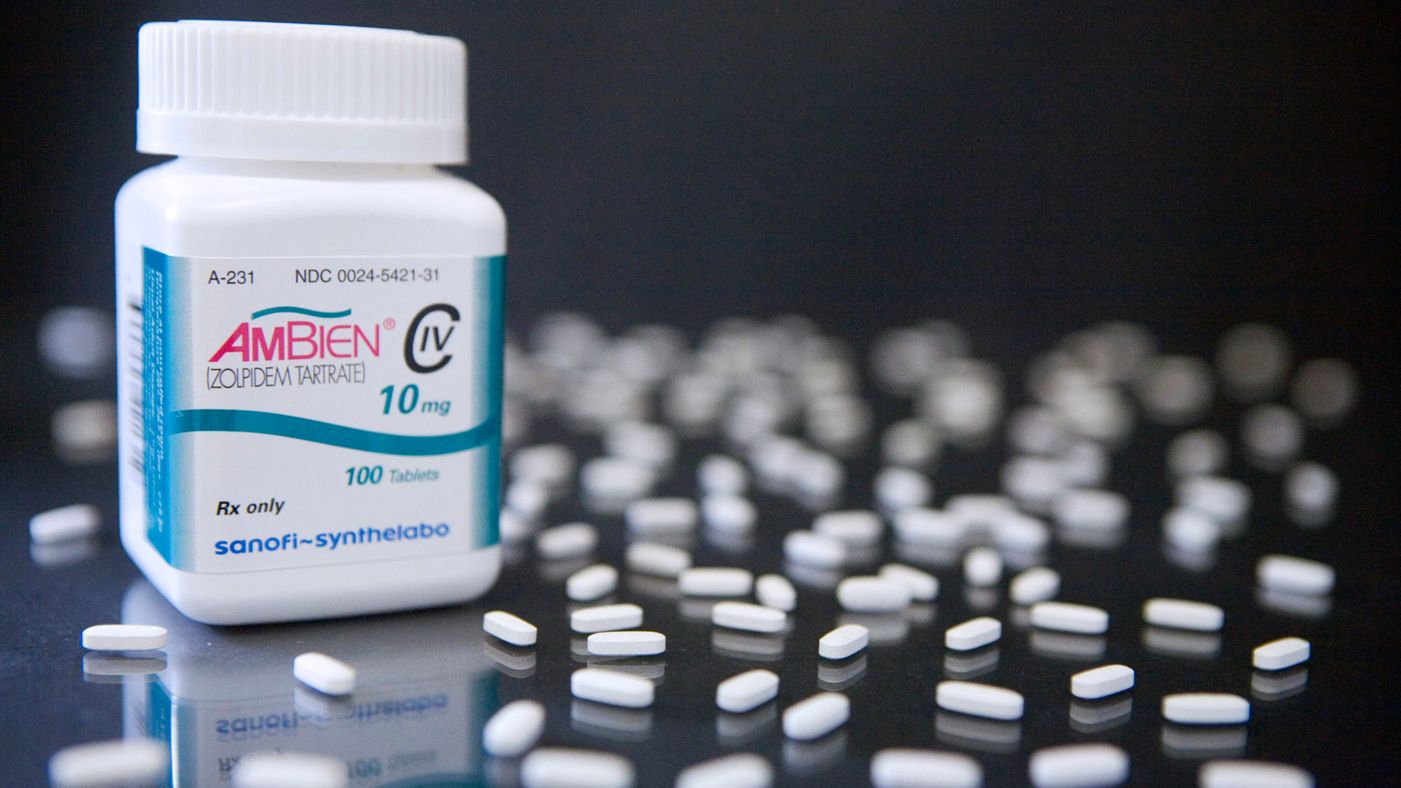Best Lights for Seasonal Affective Disorder (SAD)

I’m typing this at the beginning of October. Here in Scotland the nights are already drawing in, soon the clocks will go back. It’s a miserable time of year.
Miserable. Yes. Many people feel bad at this time of year. Often they find themselves more or less depressed throughout the winter season. It might just be psychological - or you might be suffereing from a recognised medical condition called Seasonal Affective Disorder (SAD) or “Seasonal Depression”. (It’s also sometimes called “SADD”, the extra letter D standing for “Depression”).
If you think you might be suffering from any medical condition you should first discuss it with your doctor.
What is Seasonal Affective Disorder?
Seasonal Affective Disorder - SAD - is quite simply a mood disorder that can cause depression during periods of the year when sunlight is less common. Sufferers feel the effects during the dark winter months.
The symptoms and effects of SAD are the same as for any form of depression and can include weight gain and excessive sleeping, decreased desire for social activity, lack of energy, etc. The distinguishing mark of SAD is that the symptoms come on during the autumn (fall) months, last through winter then fade away as the sun returns in spring.
As with all forms of depression, SAD affects different people to different extents. A mild case of SAD is known as the “Winter Blues”. In this case the sufferer might hardly be aware of the effects. In others, SAD can bring on full-blown depression affecting all areas of life.
Depression can have serious effects and you should always consult your doctor.
What Causes SAD?
Seasonal Affective Disorder is not simply a psychological condition. It is believed to be connected to a hormonal imbalance. In particular there seems to be a link between SAD and excess melatonin.
Melatonin is generated by the brain’s pineal gland. The rate of production is influenced by the amount of light reaching the eyes - less light means more melatonin. Excess melatonin can cause depression in some people.
Treatment for Seasonal Affective Disorder
If you have an extreme case of SAD then your doctor might prescribe anti-depressents. However for many people that is not necessary.
A mild case of seasonal affective disorder or winter blues can often be alleviated with light therapy. This is simply getting more light to the eyes and seems to be effective for many people.
If your lifestyle allows it then you might be able to get enough natural light by simply changing your habits. Try to go outside as often as possible when the sun is shining. Don’t spend your lunchtime indoors reading a magazine, go out for a walk - even if it is cold! Try as far as is practical to adapt your schedule to the hours of daylight.
Light Therapy (Phototherapy)
If these measures are impractical or inadequate then you could consider buying a light box or similar light therapy product. These provide very high intensity lighting. Light boxes range from small, portable units that can be worn on the head to huge wall-sized devices. Top of the range units give out balanced full spectrum light.
Bright light treatment might not be suitable for all people, for instance those taking certain drugs such as antipsychotics or particular antibiotics - as always, consult your doctor. Obviously you should seek expert advice if you have had any problems with or treatment to your eyes.
For some people a simple sunrise alarm clock can make a big difference by simulating a natural dawn waking.

Patrick Mahinge
Patrick Mahinge, the chief editor at MTBNZ.org is a serial webpreneur who also enjoys mountain biking.
Related Articles

10-07-2016
Ambien guide: Dosage, side-effects, highs and addiction
Read more about this article...
Read more →
